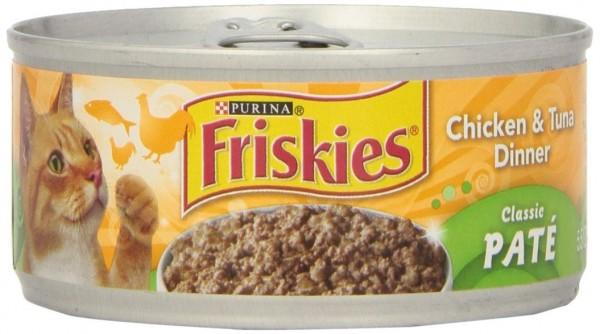Reading a Pet Food Label
posted: Mar. 08, 2019.

Reading a Pet Food Label:
When reading Pet Food Labels it is helpful to know what certain phrasing really means.
|
If pet food label says... |
...then it must contain this % of the named ingredient. |
|
Chicken (without modifier) |
95% |
|
Chicken entree, platter, dinner, etc. |
25% |
|
With chicken |
3% |
|
Chicken flavor |
No regulation on % |
*This holds true if the main protein is chicken, beef, pork, lamb, salmon, or any other type.
**AAFCO requirements for naming pet foods
-
Myth: You can determine nutrient value of a pet food by reading the ingredient list.
-
The nutrient value of an ingredient cannot be determined from the ingredient list - the order is determined by weight alone.
-
-
Myth: Corn is a filler.
-
Fillers supply zero nutrients. Corn provides valuable nutrients including protein, carbohydrates, fatty acids, etc. Corn is not a common cause of allergies in pets. Pets are more likely allergic to any number of protein sources.
-
-
Myth: By-product = low quality
-
Many by-products contain excellent nutrition, such as organ meats like liver and kidney. Other by-products include vegetable oils (produced when seeds are processed), chicken fat, beet pulp, and vitamin E from soybeans. A by-product simply means something produced while making something else.
-
-
Myth: “All life stages” means the food is good for any age group.
-
For a pet food to be labeled for all life stages, it must have the high caloric content to support a lactating mother or a growing puppy/kitten. This kind of diet is more likely to lead to obesity in a mature adult pet.
-
Reference: Nutrition Reference Manual, Hill’s Pet Nutrition